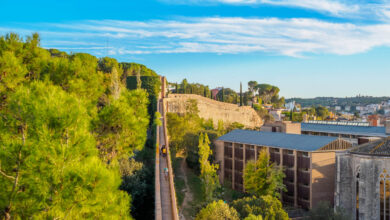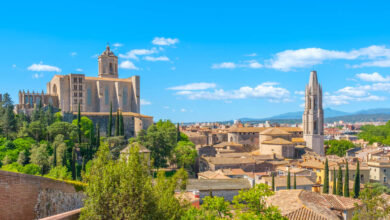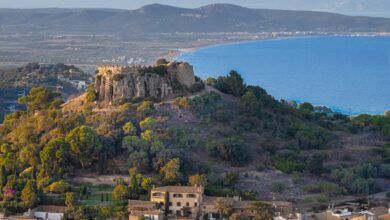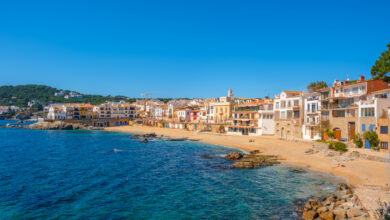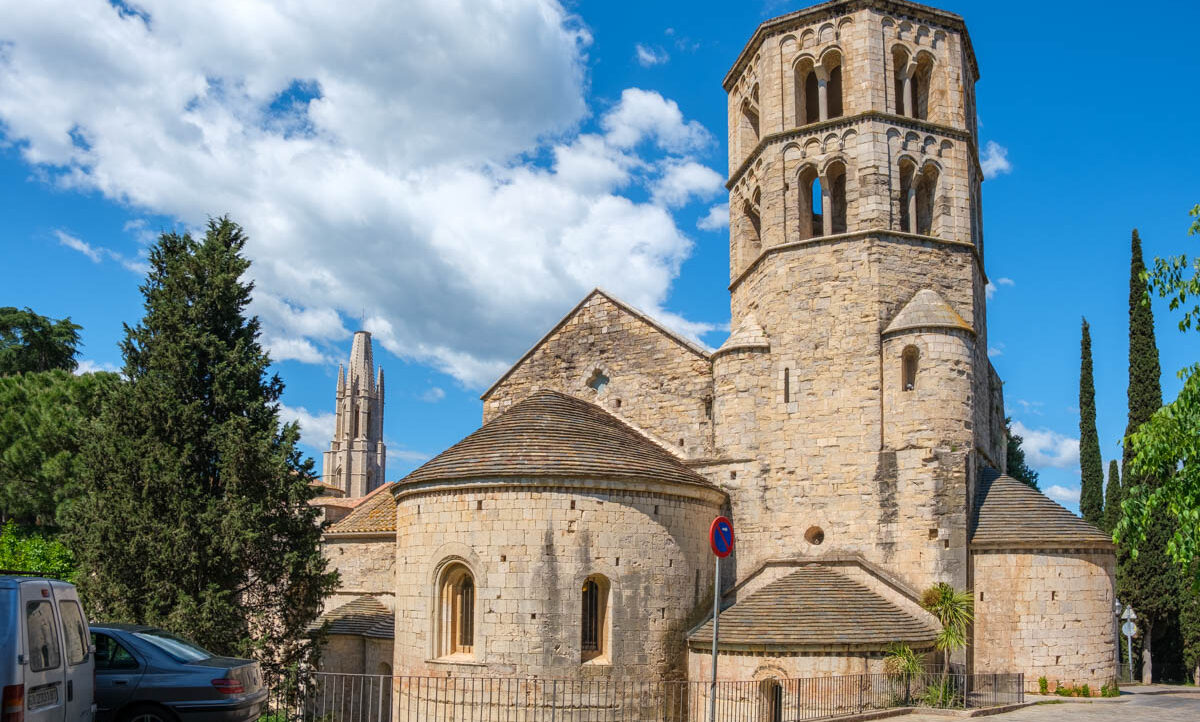
Sant Pere de Galligants
The Monastery of Sant Pere de Galligants in Girona is one of the most significant architectural remnants of Catalan Romanesque. Currently, only the church and the cloister are preserved. The exact date of its construction is unknown, but it has been documented since the 10th century.
The current building dates from the first half of the 12th century, when Ramon Berenguer the Great donated part of his legacy to contribute to the cost of the works. It is believed that the cloister was completed towards the end of that century.
A notable feature is a large rose window above the main door; its diameter measures more than three meters, decorated with three stone circles. It is accompanied by eight arches with columns, each finished with a capital.
In the gallery located to the west of the temple, there are some capitals that feature decorations based on the New Testament. For example, references to the Annunciation, the Nativity, and the Epiphany, as well as the flight to Egypt, can be seen.
There are also capitals that depict situations from everyday life at that time, such as musicians, a bishop, or a warrior. Others, however, feature motifs related to nature, animals, geometric patterns, or mythological beings.
Unusually, the monastery is integrated into the urban fabric of the city, as most monasteries were located in isolated places. Nonetheless, the Benedictine abbey also stands out for an asymmetrical headpiece, and an eight-sided bell tower.
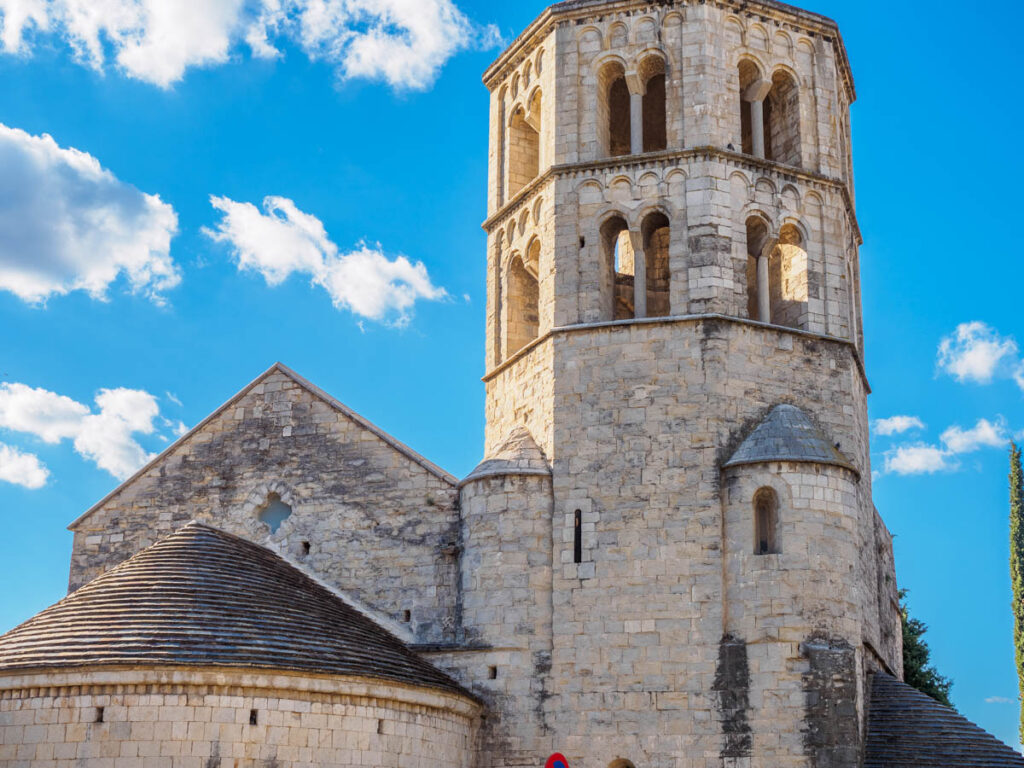
The headpiece features an apse with an apsidiole on each side. However, at the end of the transept arm, there is another apse, which appears to be a repurposing of the structure of an ancient temple. Meanwhile, the bell tower is completely symmetrical, and is decorated in the Lombard Romanesque style, typical of the 11th century.
Interestingly, the capitals in the central nave and the headpiece have sparked an endless debate regarding their origin. According to some historians, these were designed by the Master of Cabestany and his workshop, but there are those who believe they belong to the influence of the School of Toulouse.
Since 1857, Sant Pere de Galligants has housed an archaeology and fine arts museum, and, in fact, it is one of the oldest in Catalonia. The Archaeology Museum of Catalonia in Girona houses prehistoric and medieval remains found in various excavations across the regions of Girona.
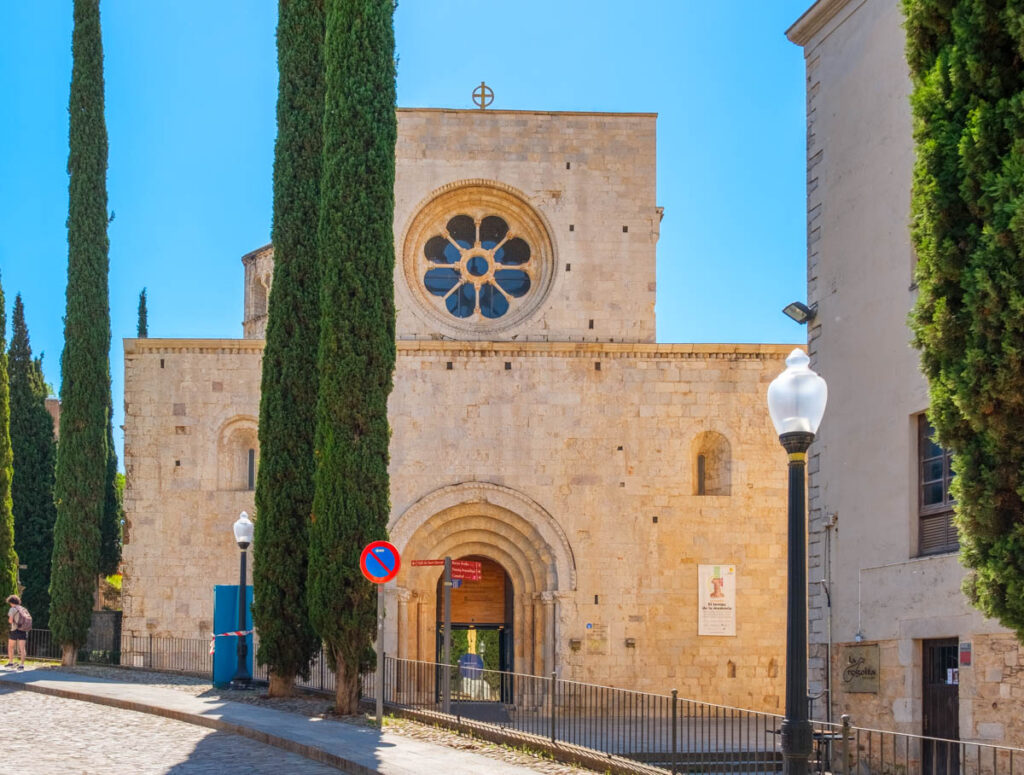
The monastery is open to the public from Tuesday to Saturday, from 10 am to 7 pm, and on Sundays and holidays, from 10 am to 2 pm.

